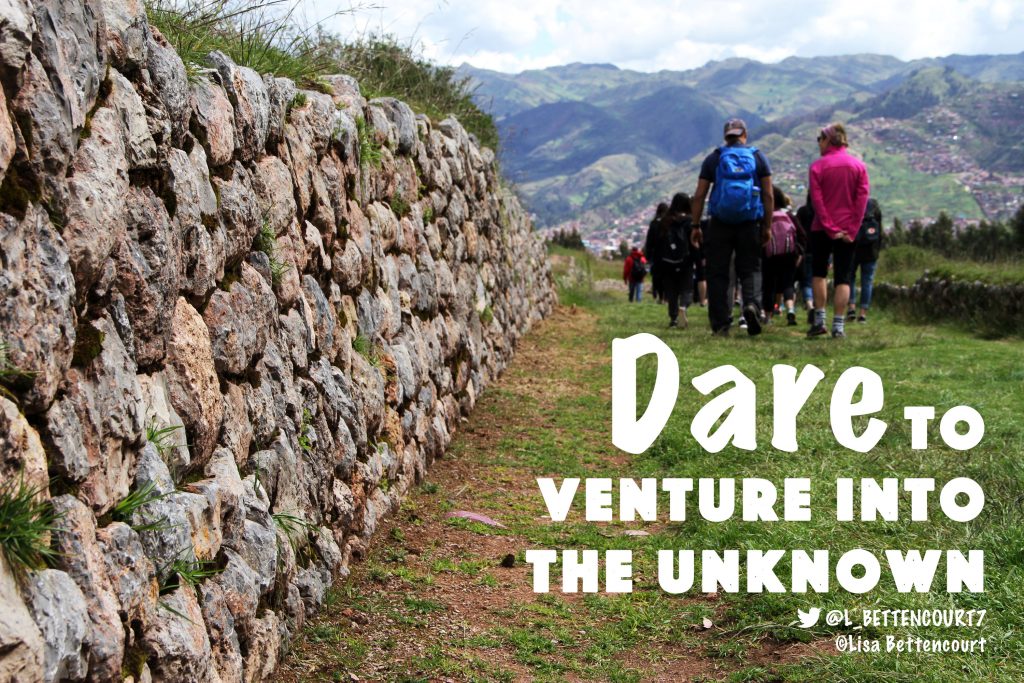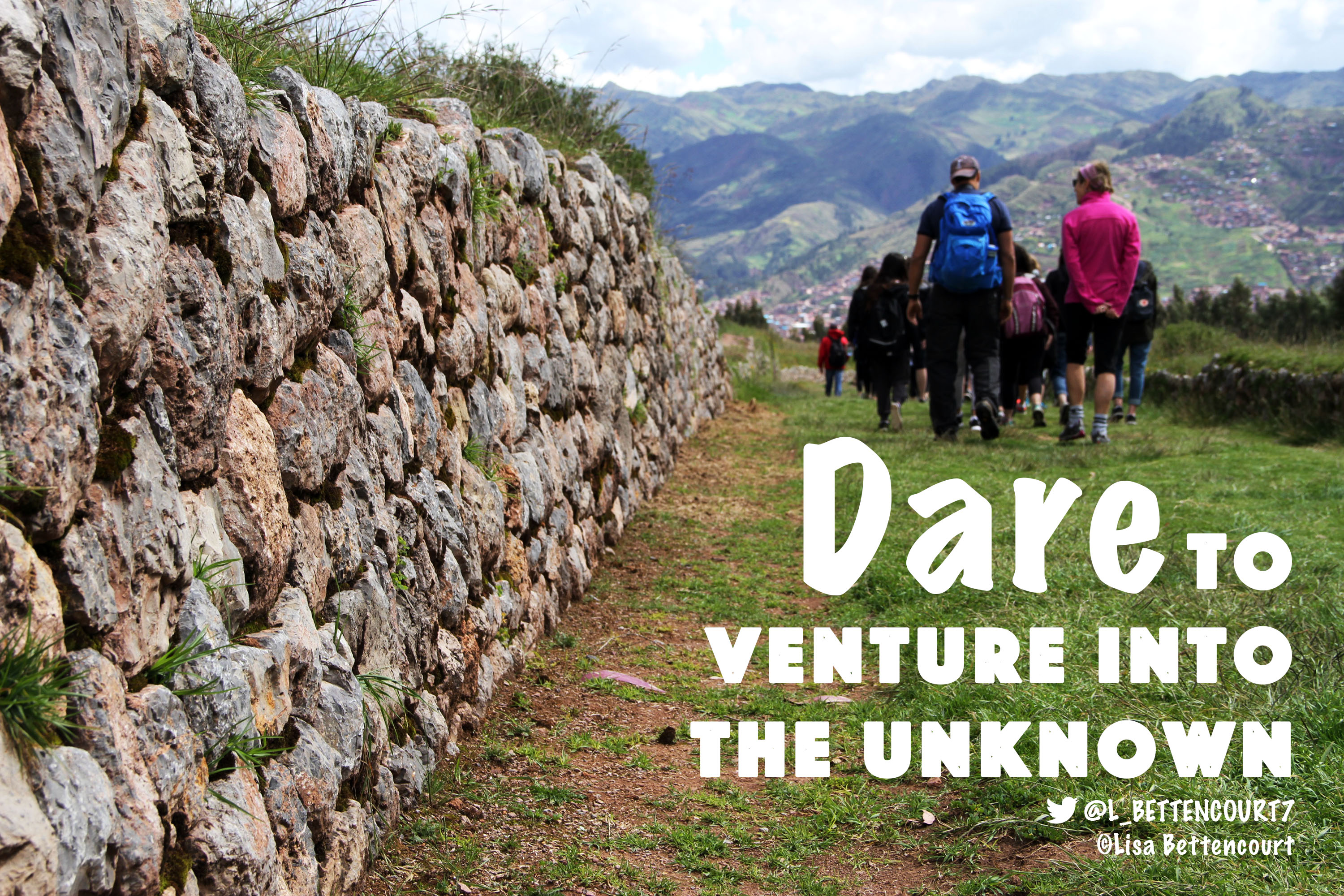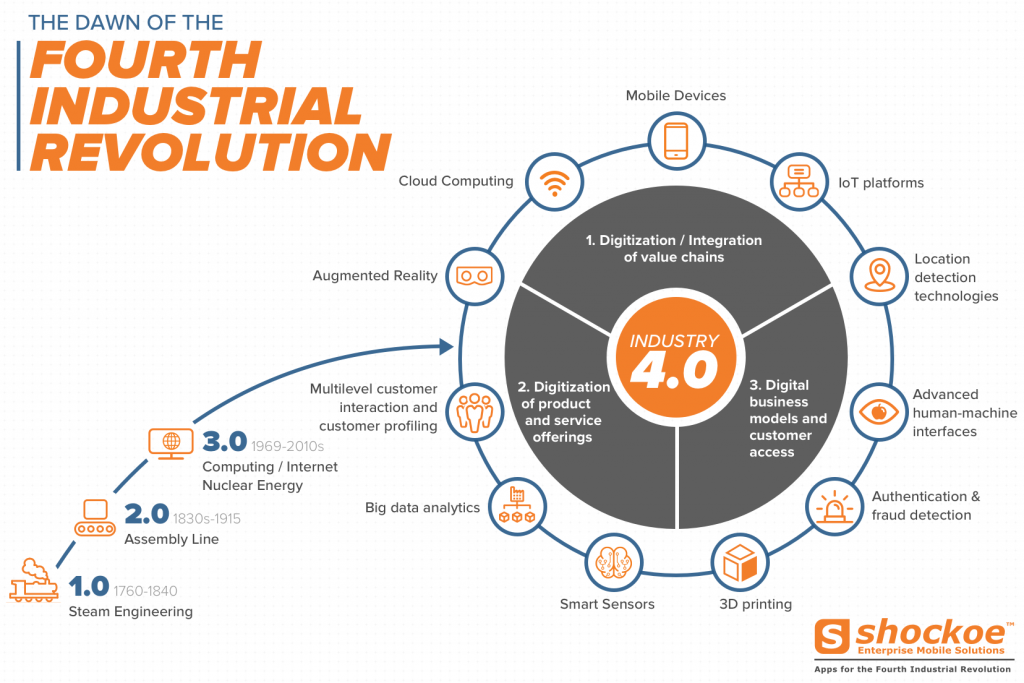Future Mindsets
We have a big job to do. Prepare students f or the future that will bring a wave of change very quickly. Preparing them through a designer’s mindset will empower them to solve problems and make a difference.
or the future that will bring a wave of change very quickly. Preparing them through a designer’s mindset will empower them to solve problems and make a difference.
The classrooms of tomorrow aren’t bound by teachers but rather facilitated by lifelong learners who share a passion for discovery, design, and dedication to the pursuit of change.
In a recent article on INC.com entitled, “Why It Is Critical to Prepare Now for The Jobs of Tomorrow” Peter Gasca writes, “Flexibility is a very broad term and includes not only the ability to change but to manage change. This is not so much a skill but a mindset, one that will allow you to be the future problem solver that new businesses, technologies, and industries ultimately need to succeed”
The key to the ever-changing future of children today is the ability to learn and teach one another. This community of ‘Perpetual Learners’ will need to be flexible, resilient, critical thinkers, and growth-minded problem-solvers, ready to tackle new challenges in an automated world. Changing Mindsets is routed in developing a positive practice of failure, that allows for a safe and supportive environment to be successful.
Student as Designer
When we think of the student as a designer, our teaching changes. “Design experiments through which you are going to learn.” says, Tim Brown, CEO of IDEO, about design thinking. We are all developing the future, so why wait to engineer the future of education? Involve students in the process of deciding how to learn, where to learn, what to learn. Open the possibilities and allow for voice and choice. Students developing future content and learning by doing will change the script and ignite a passion for discovery. Our mandate is to change to the world by encouraging continuing education and a love for learning. Why ‘perpetual learning’ will help you thrive in the changing world of work
“Imagine a future where educational institutions, employers and individuals work together in an entirely new way. They collaborate fully to provide the foundation for perpetual learning so that everyone can participate in the Fourth Industrial Revolution.”
HMW… (TBD) ?
And so… My Season 8 “How Might We…” question begins to form.
Off the successful completion of the CHEO Book Project over the last couple of years, we have ventured into a second project with 30 new students to create a book about the surgery process this year. Streamlining the experience and working with team leads to develop a new product for our new clients at the hospital. Developing new protocols and communication processes for efficiency and production. In other words, we are refining our design of the project workflow. Student-led, student-designed, student produced-learning opportunities.
For Season 8, I am trying to partner with a Canadian Art Gallery to begin developing experiences for students to engage in workshops through distance education (via an app, virtual tours, online MOOCs, VR, etc.) in order for programming to become accessible and engaging for all students. Perhaps something similar to Google Arts & Culture with Canadian curriculum links and activities. A lesson directory with resources directly from the Gallery to students/teachers, so that programming isn’t restricted by geographical location or cost. Making it easy and available to galleries big and small. Made by students for students as part of an exploration of the arts.
I’m excited to start something new again and venture into the unknown…again.

